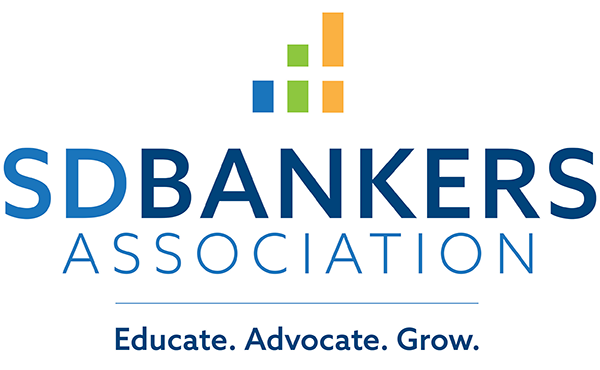SBA Adjusts PPP Payroll Calculation for Form 1040, Schedule C Filers
The Small Business Administration yesterday issued an interim final rule implementing recent changes to the Paycheck Protection Program. The IFR allows individuals who file an IRS Form 1040, Schedule C to calculate their maximum loan amount using gross income. SBA has issued updated forms for borrowers and lenders reflecting these changes and step-by-step loan amount calculations.
Previously, PPP rules defined payroll costs for individuals who file Form 1040, Schedule C as payroll costs (if employees exist) plus net profits, which is net earnings from self-employment. This formula effectively excluded many sole proprietors from obtaining PPP loans, particularly those with very little or negative net profit.
The IFR also stated that this calculation change will apply only to loans approved after the rule’s effective date. Borrowers that have already had their loans approved cannot increase their PPP loan amount based on the new maximum loan formula.
Additionally, businesses electing to use gross income to calculate their first-draw PPP Loan will only have a safe harbor presumption of making the necessary certification of economic necessity if they reported $150,000 or less in gross income on their Schedule C being used to apply for a first-draw PPP loan. Borrowers with reported gross income greater than $150,000 will be subject to additional SBA review.
Finally, the IFR removes a restriction on business at least 20% owned by an individual who was arrested for or convicted of a felony related to financial assistance fraud in the previous five years or any other felony within the previous year from obtaining PPP loans. It also removes a restriction on businesses at least 20% owned by an individual who is delinquent on student loan from receiving PPP loans.
